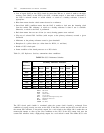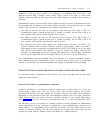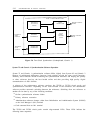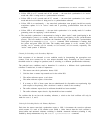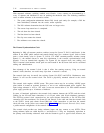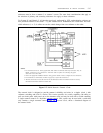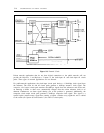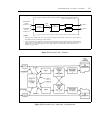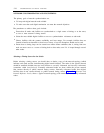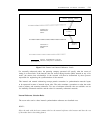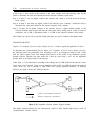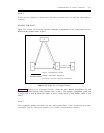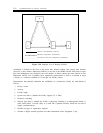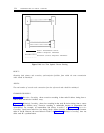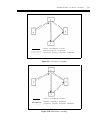
5-18
SYNCHRONIZATION OF DIGITAL FACILITIES
NETWORK SYNCHRONIZATION AND ENGINEERING
The primary goals of network synchronization are:
●
●
To keep each digital network node reliable
To make sure that each digital termination can meet the network objectives
The procedures to achieve these goals include:
●
●
●
●
Ensure that all nodes and facilities are synchronized to a single source of timing; or at the worst,
to two or more stratum-2 timing sources
Select the most reliable digital facilities to serve as synchronization references at each node
Choose facilities with the greatest availability and least outage. For example, facilities that are
located in hostile environments or that have a history of service disruptions should not be used.
Ensure that no timing loops can be created even under failure conditions, that is, timing from one
node can never serve as a source of timing back to that node, even if it is looped through several
other nodes
Selecting a Timing Source for the Switch
Before selecting a timing source, you should draw or obtain a copy of the network topology (which
indicates each node and the interconnecting digital trunk facilities). The nodes in the private network
should be stratified (divided) into two levels known as externally referenced and internally referenced
(sometimes called unreferenced). Externally referenced nodes are those within the private network
that connect directly to public network timing sources. Internally referenced nodes have digital
facilities that do not connect directly to public network timing sources. Figure 5-11, External and
Internal Reference Levels, shows a typical network topology with externally and internally referenced
nodes.



